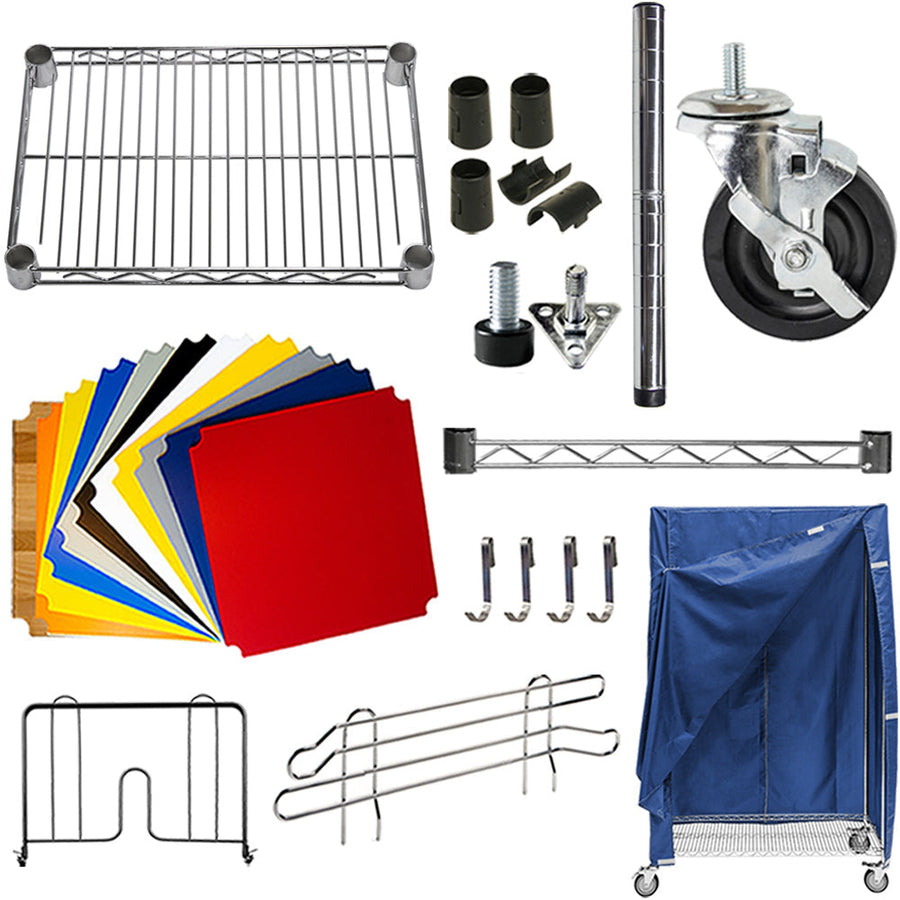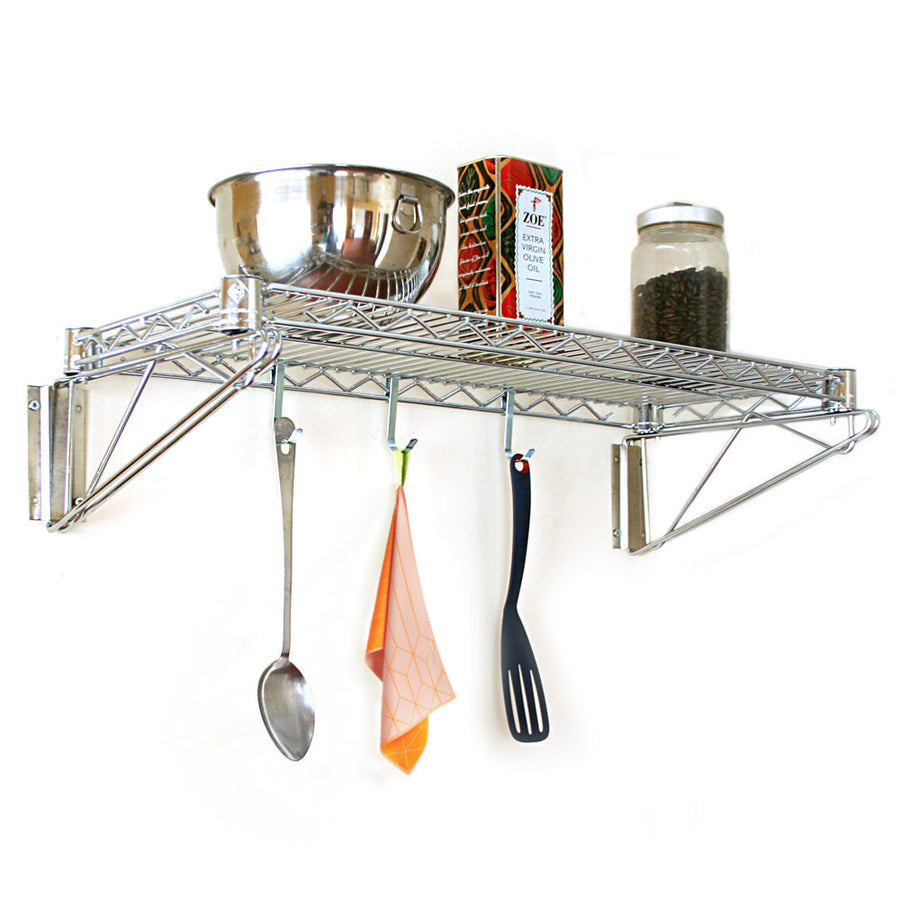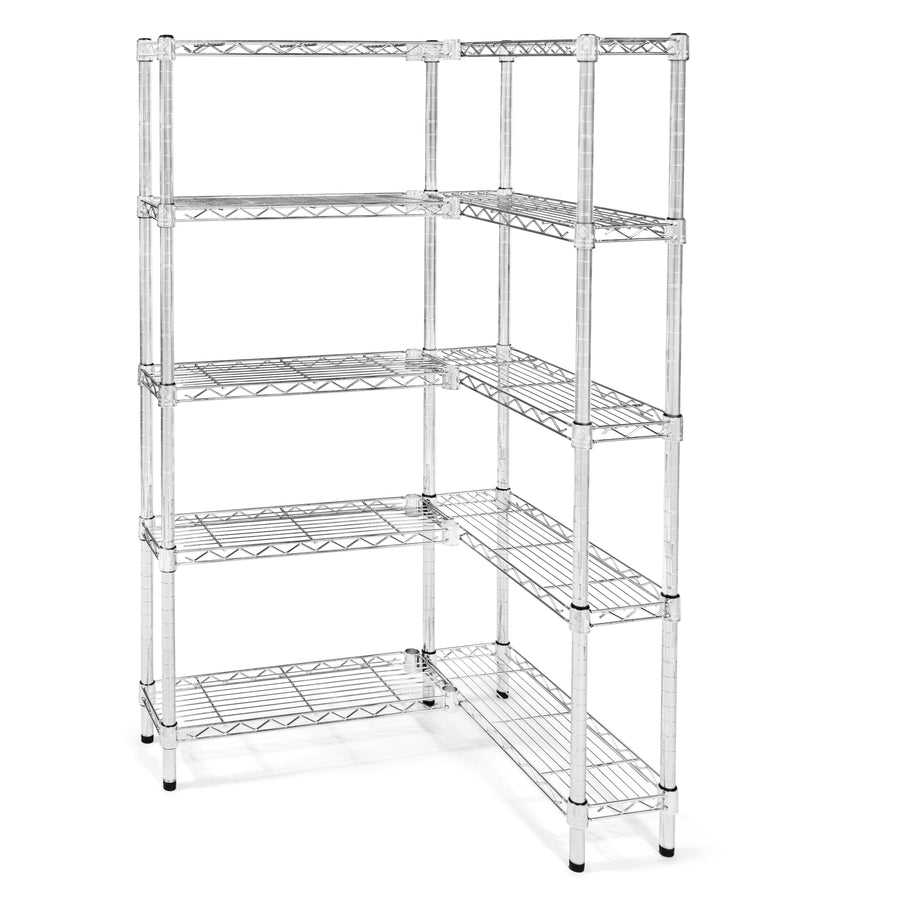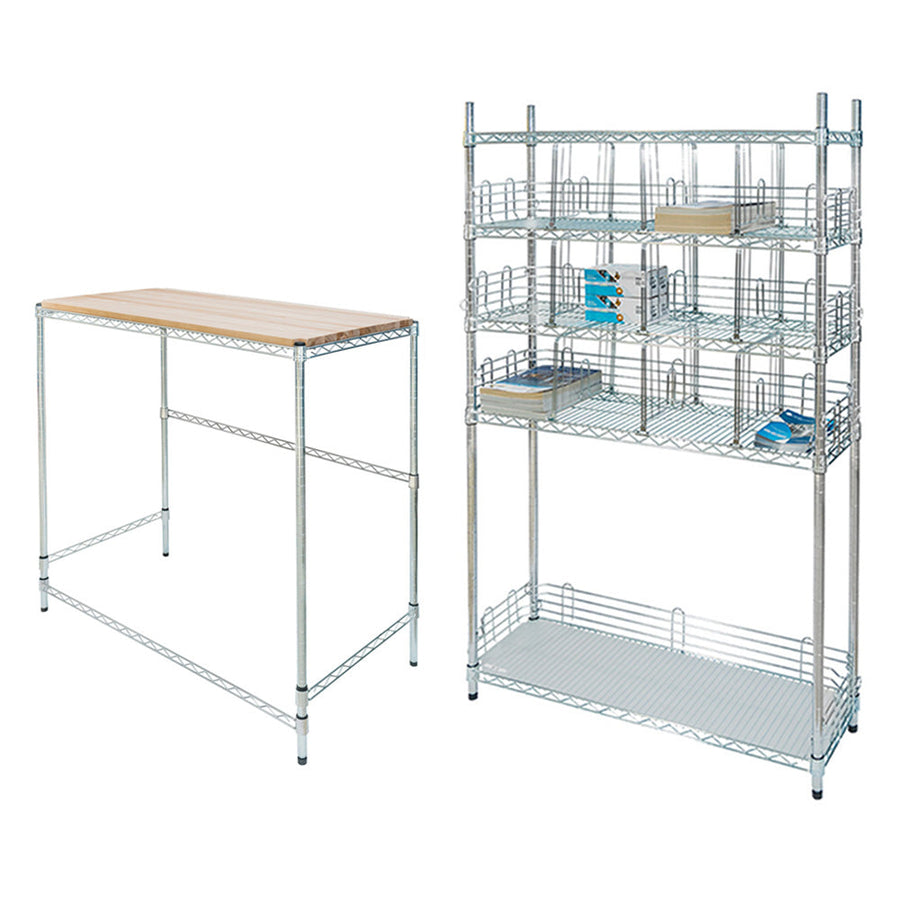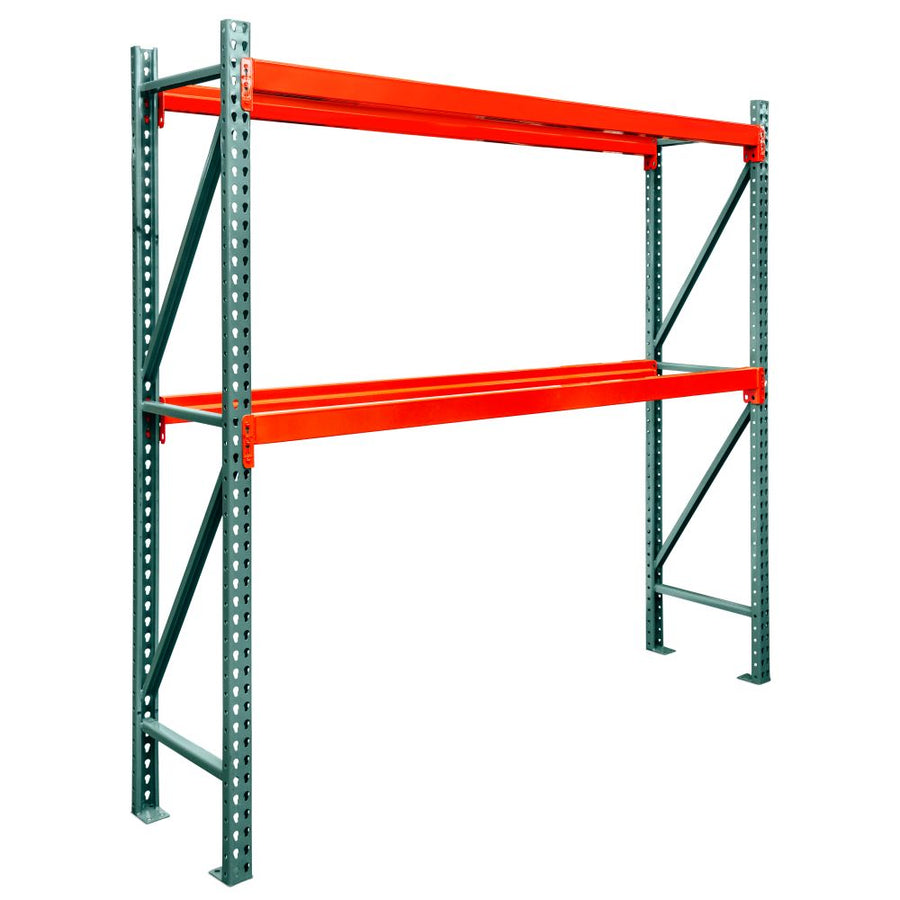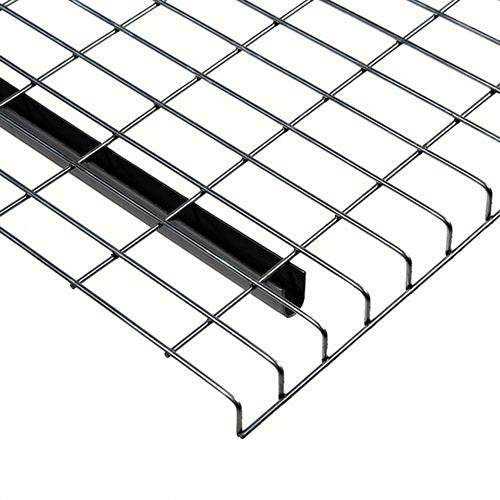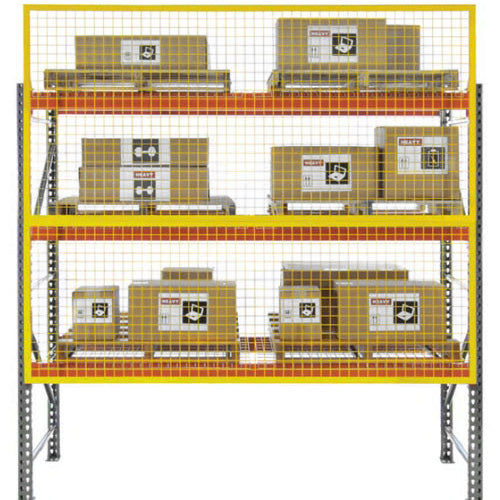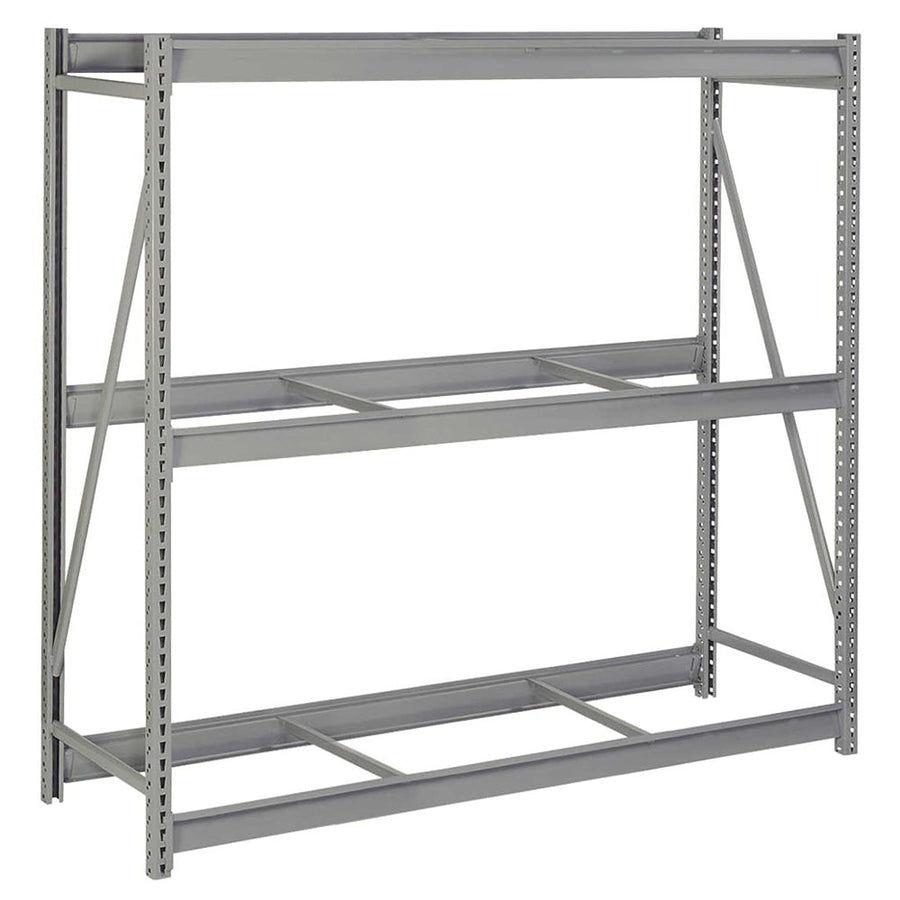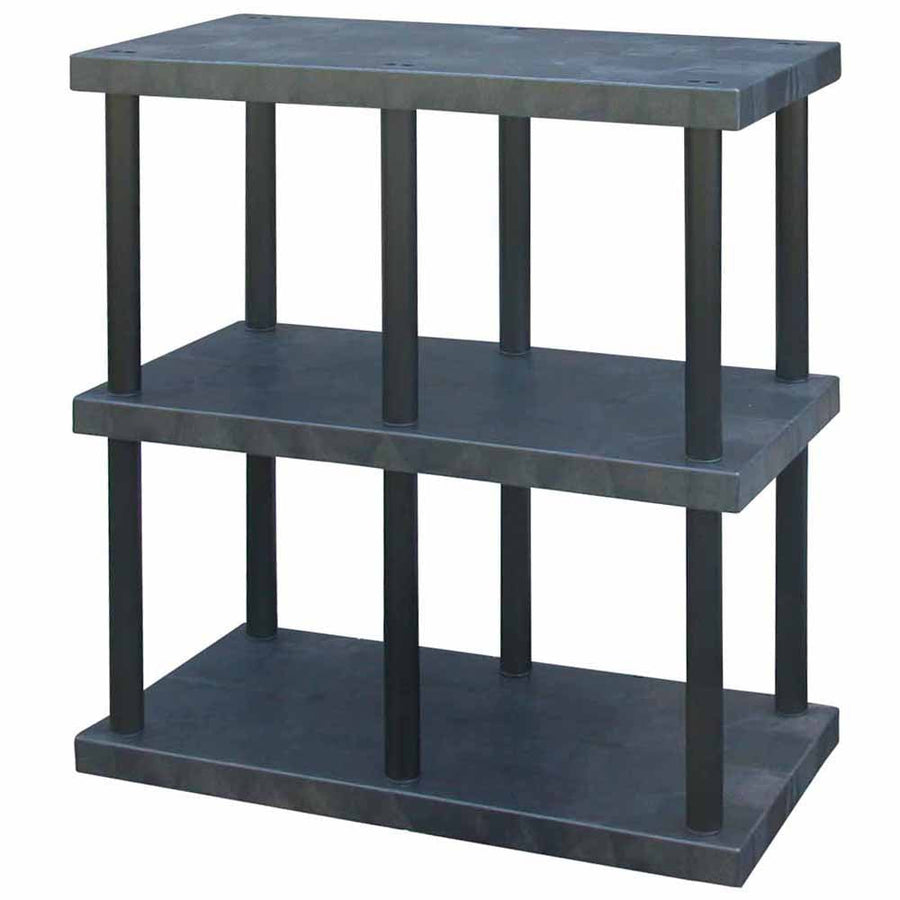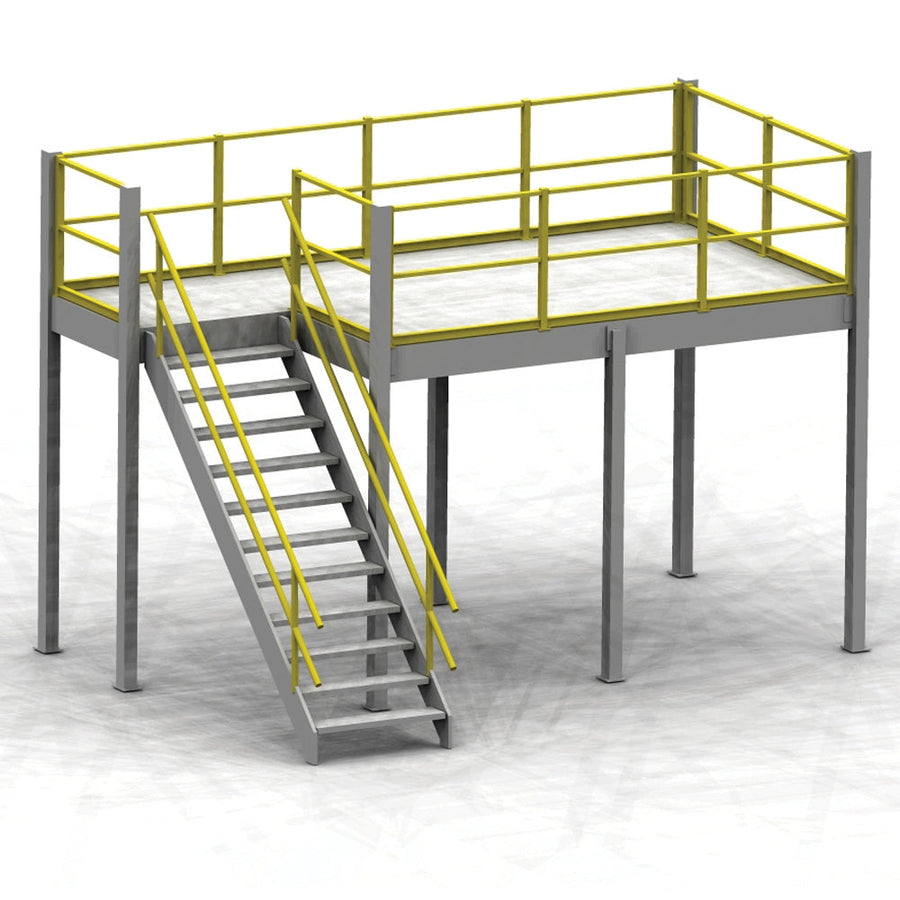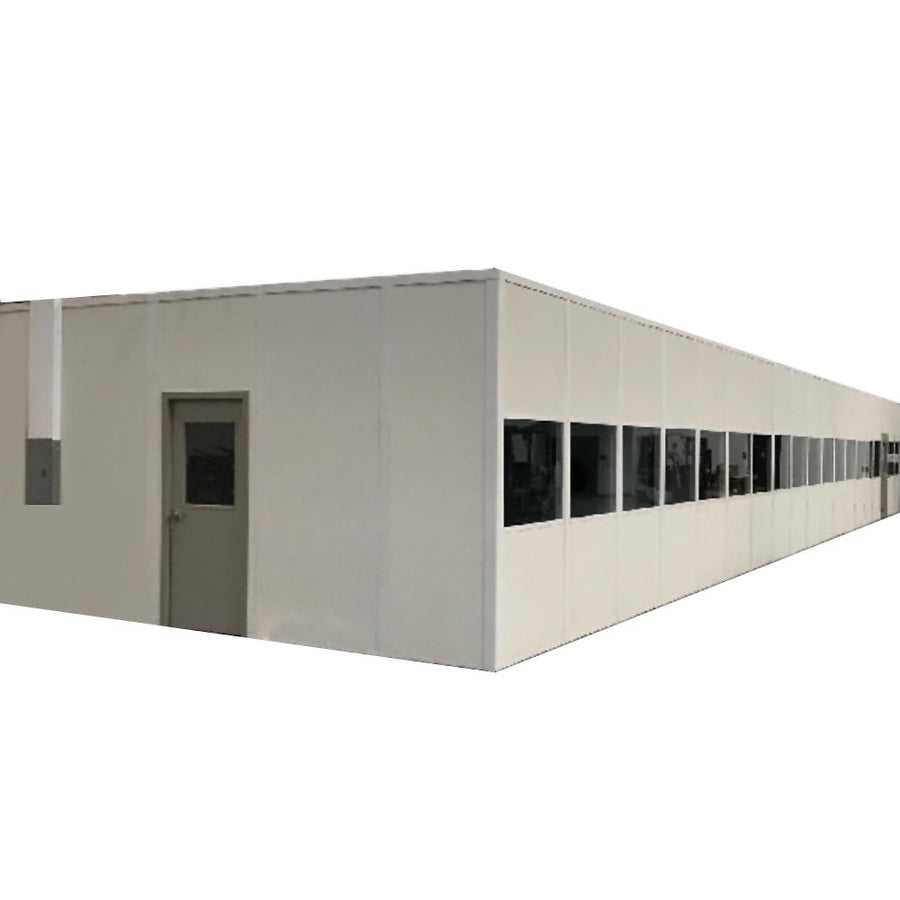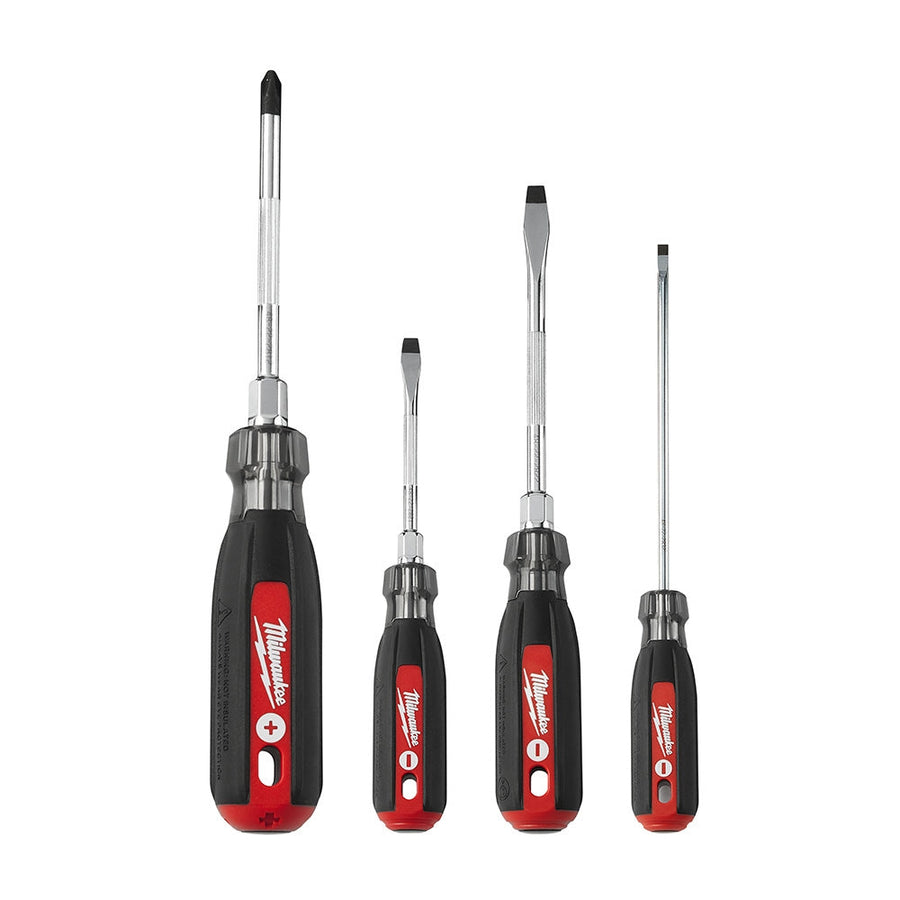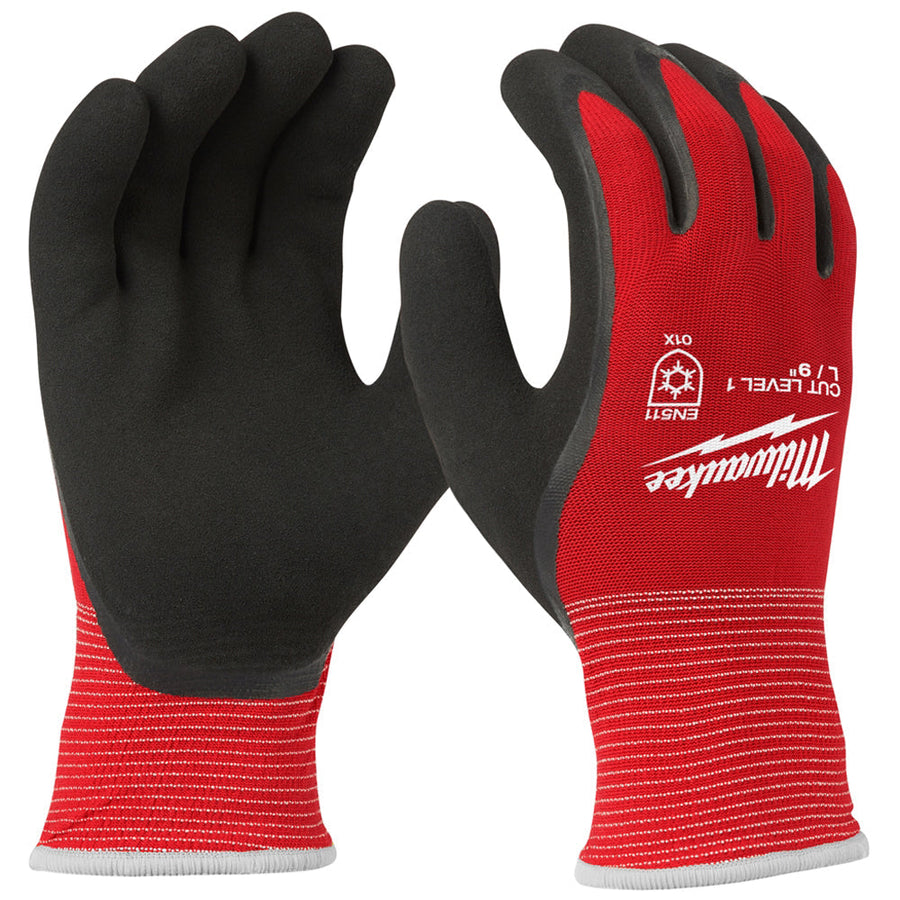Any business these days has KPIs, metrics, and business goals that need to be met and tracked, and warehouses are no exception. The success of any business can be largely measured by how often and how efficiently these goals are met, and keeping these metrics in mind is crucial for the entire staff to work towards a common goal.
Of course, with all the different functions a warehouse needs to fulfill, determining which metrics to track can be a complicated process. If you want to start with a stronger metric-tracking program for your warehouse, we’ve got a few suggestions here for metrics to track that can benefit warehouses in any industry or vertical:
Track Items Received: You might do some form of this already, but a well-run and properly-tracked receiving area will go a long way to help nearly every other aspect of your warehousing business. Tracking your received items against your manifest of expected products and shipments will give you a good idea of how accurate your suppliers’ estimates are, and keep you informed of any product shortages or productivity losses.
Metrics to Track: Number of items received, cost per item, truck time at dock, time spent counting shipments.
Item Putaway: KPI measurement tends to become more difficult while the items are being put in their proper place, due to the hustle and bustle of daily warehouse operations. While it can be difficult to trace performance (or any issues) with putaway, it isn’t impossible, and tracking these actions can prove valuable to determining the efficiency of your workers.
Metrics to Track: Accuracy rate, cost per item put away, time from receiving to storage location, and items-per-man-hour.
Storage Used: For both manual and automated industrial storage solutions, tracking certain key indicators can help you keep more aware of your available storage options, the space you require for certain items, and more. For any warehouse with a frequent in/out influx of items, tracking available storage space can keep you better prepared to deal with incoming shipments and help you make the best use of the space you’ve already got.
Metrics to Track: Storage cost per item, typical pallet rack storage used, available space for new items, and inventory storage per-square-foot.
Outbound Shipments: More than just putting goods back on the truck and sending them out to your customers, shipping can involves several steps and processes. You may wind up shipping items to other businesses, back to the distributor, or even sending items ‘downstream’ to other departments or facilities within your own business. Wherever they go, properly tracking shipments and performance will give you a much better idea of what your warehouse sends, and where they send it.
Metrics to Track: Cost per shipped order, percentage of perfect shipments, labor hours consumed per order, time from order picking to final shipment.
Warehouses tend to be the busiest part of any business operation, but by measuring and reviewing your performance indicators you can get a better understanding of how your business is performing and how to demonstrate the value of your warehousing operation.



